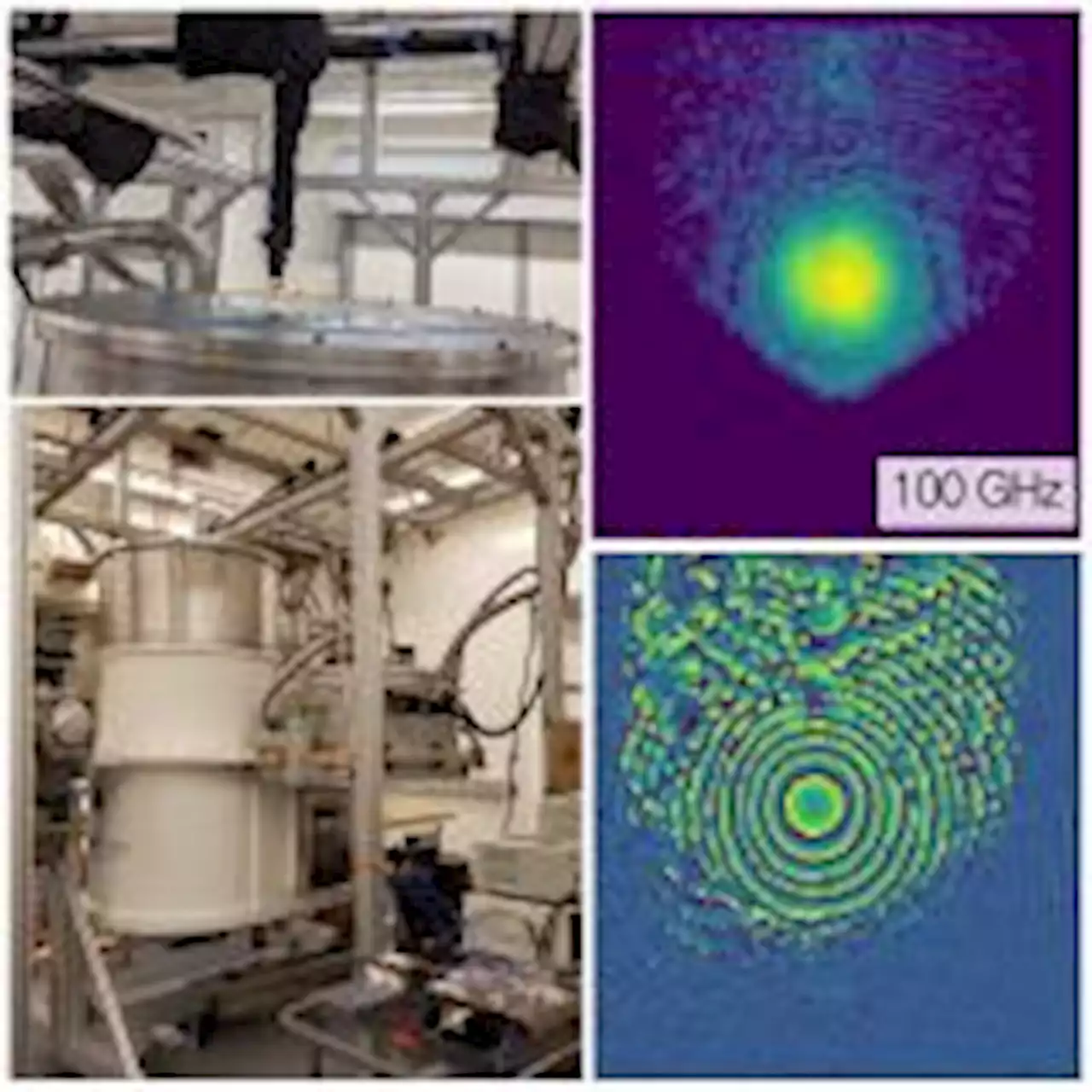The Hubble Space Telescope recently captured an image of a beautiful star cluster called NGC 1858, located in an area full of star-forming regions.
This area is part of the Large Magellanic Cloud, one of the Milky Way’s satellite galaxies, and is located 160,000 light-years away and is thought to be around 10 million years old.
The Large Magellanic Cloud is one of several satellite galaxies to the Milky Way, which are smaller galaxies that are gravitationally bound to our galaxy. Along with its companion, the Small Magellanic Cloud, it orbits around the Milky Way and will eventually collide with our galaxy in billions of years’ time.
This particular star cluster is a type called an open cluster, which means it is not as tightly bound by gravity as some other structures and has a more irregular shape. In addition, the amount of dust and gas present here means that it can be classified as an emission nebula, as light from the stars in the region has ionized the gas and caused it to emit its own light.
Related These features make this region of scientific interest in learning about star formation. “The stars within this young cluster are at different phases of their evolution, making it a complex collection,” Hubble scientists write. “Within NGC 1858, researchers have detected a protostar, a very young, emerging star, indicating that star formation within the cluster may still be active or has stopped very recently.
The image was taken using both visible light and infrared wavelengths. Although Hubble primarily operates in the visible light range, its instruments can also look in some regions of the infrared, allowing researchers to build up a more complete picture of complex structures of dust and gas such as nebulae.
Deutschland Neuesten Nachrichten, Deutschland Schlagzeilen
Similar News:Sie können auch ähnliche Nachrichten wie diese lesen, die wir aus anderen Nachrichtenquellen gesammelt haben.
 Hubble Space Telescope captures dazzling embrace of merging galaxiesThe mutual gravity during the merger is warping the galaxies' shapes to form a ring.
Hubble Space Telescope captures dazzling embrace of merging galaxiesThe mutual gravity during the merger is warping the galaxies' shapes to form a ring.
Weiterlesen »
 Simons Observatory: characterizing the Large Aperture Telescope Receiver with radio holographyWe present near-field radio holography measurements of the Simons Observatory Large Aperture Telescope Receiver optics. These measurements demonstrate that radio holography of complex millimeter-wave optical systems comprising cryogenic lenses, filters, and feed horns can provide detailed characterization of wave propagation before deployment. We used the measured amplitude and phase, at 4&x00A0;K, of the receiver near-field beam pattern to predict two key performance parameters: 1)&x00A0;the amount of scattered light that will spill past the telescope to 300&x00A0;K and 2)&x00A0;the beam pattern expected from the receiver when fielded on the telescope. These cryogenic measurements informed the removal of a filter, which led to improved optical efficiency and reduced sidelobes at the exit of the receiver. Holography measurements of this system suggest that the spilled power past the telescope mirrors will be less than 1%, and the main beam with its near sidelobes are consistent with the nominal telescope design. This is the first time such parameters have been confirmed in the lab prior to deployment of a new receiver. This approach is broadly applicable to millimeter and submillimeter instruments.
Simons Observatory: characterizing the Large Aperture Telescope Receiver with radio holographyWe present near-field radio holography measurements of the Simons Observatory Large Aperture Telescope Receiver optics. These measurements demonstrate that radio holography of complex millimeter-wave optical systems comprising cryogenic lenses, filters, and feed horns can provide detailed characterization of wave propagation before deployment. We used the measured amplitude and phase, at 4&x00A0;K, of the receiver near-field beam pattern to predict two key performance parameters: 1)&x00A0;the amount of scattered light that will spill past the telescope to 300&x00A0;K and 2)&x00A0;the beam pattern expected from the receiver when fielded on the telescope. These cryogenic measurements informed the removal of a filter, which led to improved optical efficiency and reduced sidelobes at the exit of the receiver. Holography measurements of this system suggest that the spilled power past the telescope mirrors will be less than 1%, and the main beam with its near sidelobes are consistent with the nominal telescope design. This is the first time such parameters have been confirmed in the lab prior to deployment of a new receiver. This approach is broadly applicable to millimeter and submillimeter instruments.
Weiterlesen »
 Webb telescope spies clouds beneath the thick haze of Saturn's moon Titan | CNNThe James Webb Space Telescope has spied clouds on one of the solar system's most intriguing moons. The space observatory turned its infrared gaze on Saturn's largest moon, Titan — the only moon in our solar system that has a dense atmosphere.
Webb telescope spies clouds beneath the thick haze of Saturn's moon Titan | CNNThe James Webb Space Telescope has spied clouds on one of the solar system's most intriguing moons. The space observatory turned its infrared gaze on Saturn's largest moon, Titan — the only moon in our solar system that has a dense atmosphere.
Weiterlesen »
 NASA telescope captures clouds on Saturn’s largest moonNASA has made a new discovery on Saturn's largest moon. Clouds were spotted recently on Titan by the James Webb space telescope.
NASA telescope captures clouds on Saturn’s largest moonNASA has made a new discovery on Saturn's largest moon. Clouds were spotted recently on Titan by the James Webb space telescope.
Weiterlesen »
 Webb Telescope Turns Its Eye on Saturn's Mysterious Moon TitanThe moon's clouds and a bit of its surface are visible in new views from the space-based observatory.
Webb Telescope Turns Its Eye on Saturn's Mysterious Moon TitanThe moon's clouds and a bit of its surface are visible in new views from the space-based observatory.
Weiterlesen »
